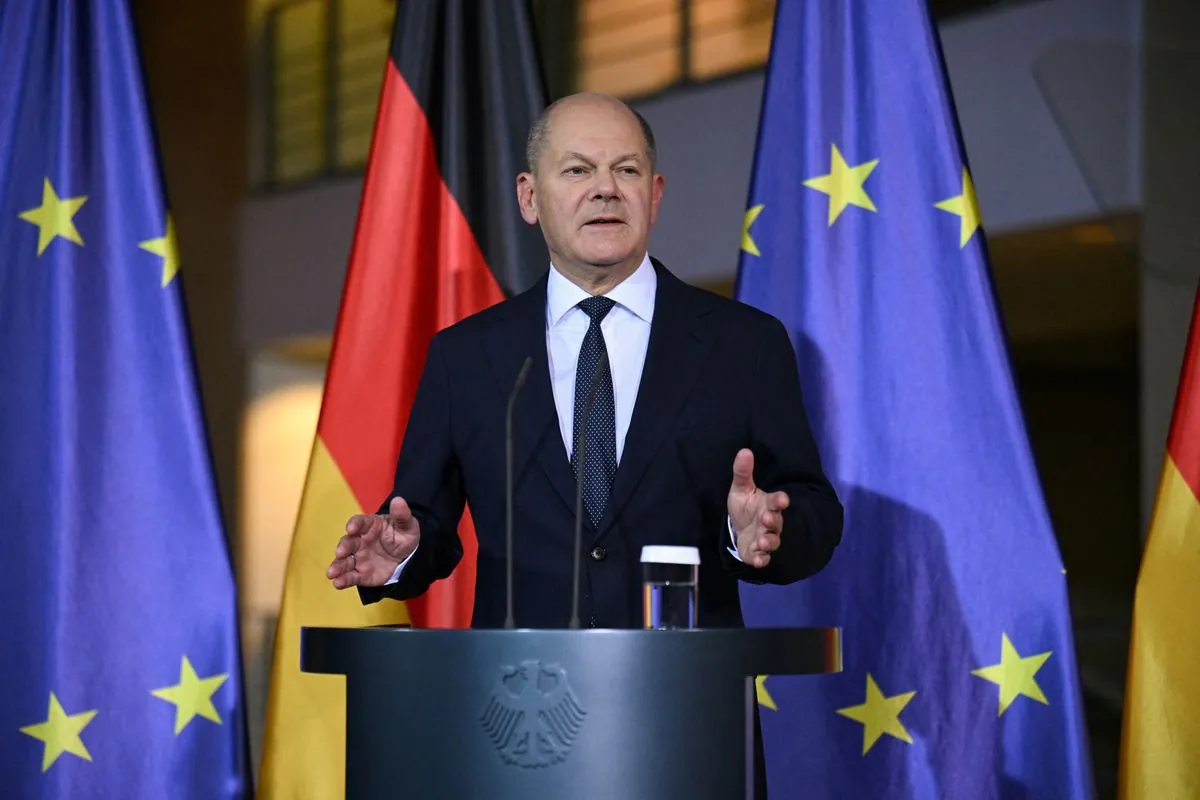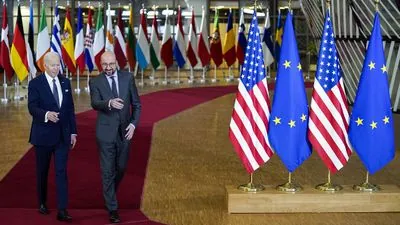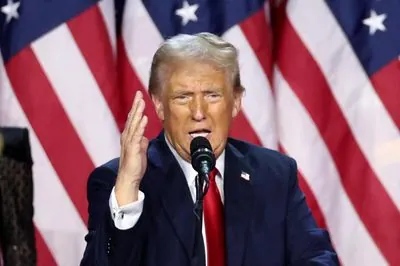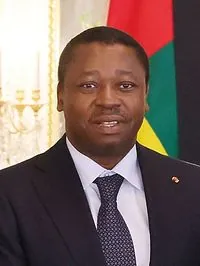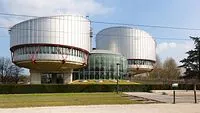Electoral College system: Why your vote might not work as you think
Americas unique voting system keeps making headlines after causing five presidents to win without popular vote. Recent census changes and the Jan-6 events brought new attention to this 200-year old system
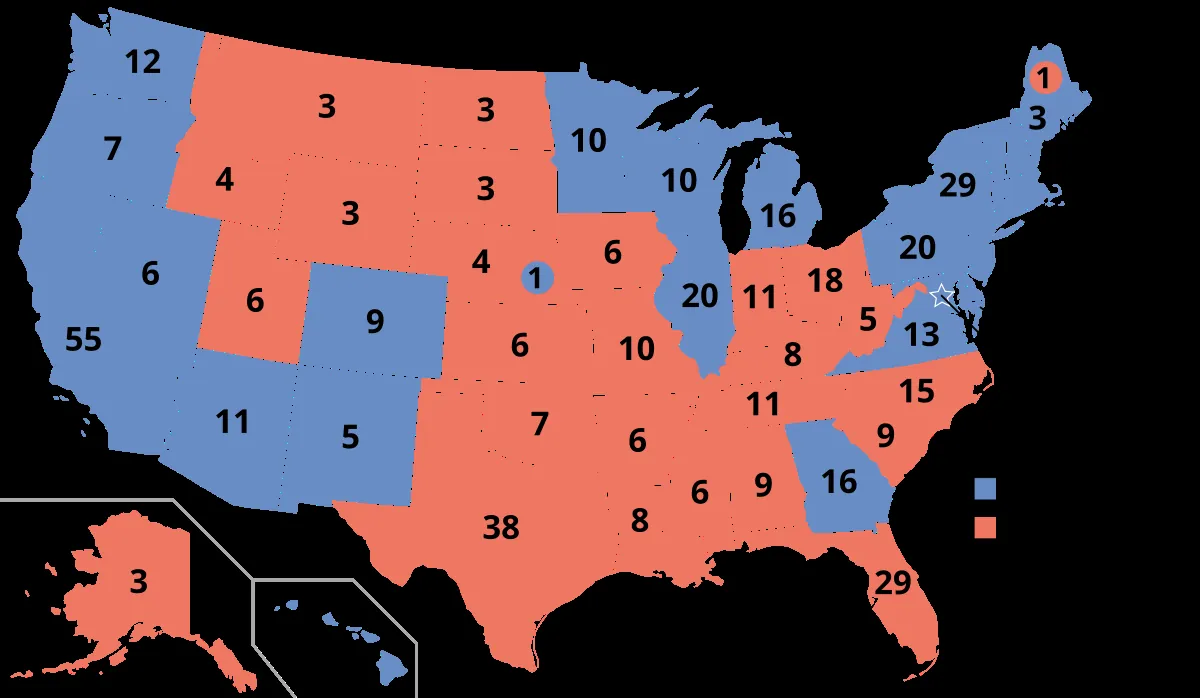
The Electoral College system which was made about 200-years ago still affects modern US elections in weird ways. Donald Trump got to be president in 2016 even though Hillary Clinton got more peoples votes (its happened 4 other times in history)
The whole thing started at the Philadelphia meeting in late 1700s: smart-guys back then didnt trust regular people to pick a president directly — so they made this middle-man system. Since then about 700 tryʼs to change it failed including Alexander Hamiltonʼs attempt just 15 years after they made it
Hereʼs how the numbers work now:
* Each state gets electors based on its size
* Total count is 538 so winning needs 270
* Texas got 2 more spots after last count
* Seven states lost one spot each (like NY and California)
The process is pretty straight-forward: party-picked electors meet up in december to vote‚ then send results to DC. Usually its just boring stuff but everything changed on jan-6 2021 when Mike Pence had to count votes while protesters tried stopping him
The system means some votes count more than others — like when Clinton got 2.1% more total votes than Trump but lost anyway. States pick their electors different ways: some winner-takes-all others split em up. Each state sends these party-loyal people (to avoid any last-minute change-of-heart problems) to make the final pick
The Electoral College was meant to be a compromise between congress picking the president and letting the people decide directly


